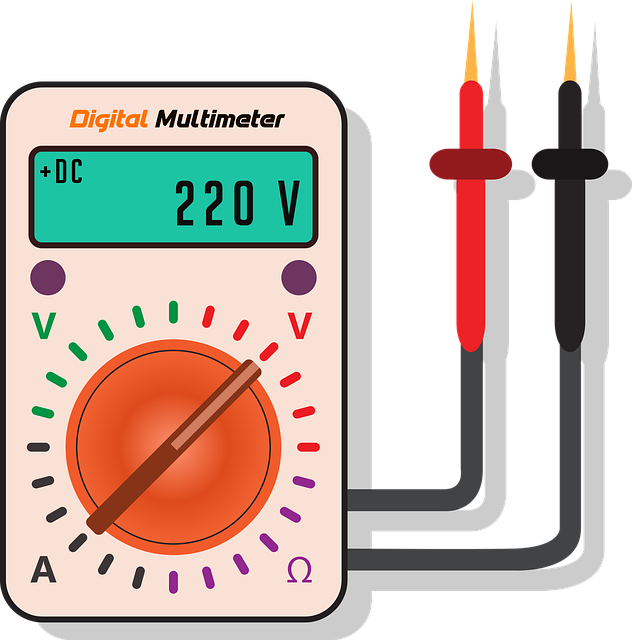1. Analog Electronic Circuit
2. Electrical MAchines-II
3.Microprocessors
4. Signal and Systems
5. Mathematics-III ( Probability and Statics )
6. Biology

EEE
Fourth Semester
Diode circuits (4 Hours)
P-N junction diode, I-V characteristics of a diode; review of half-wave and full-wave rectifiers, Zener diodes, clamping and clipping circuits.
BJT circuits (8 Hours)
Structure and I-V characteristics of a BJT; BJT as a switch. BJT as an amplifier: small-signal model, biasing circuits, current mirror; common-emitter, common-base and common-collector amplifiers; Small signal equivalent circuits, high-frequency equivalent circuits
MOSFET circuits (8 Hours)
MOSFET structure and I-V characteristics. MOSFET as a switch. MOSFET as an amplifier: smallsignal model and biasing circuits, common-source, common-gate and common-drain amplifiers; small signal equivalent circuits - gain, input and output impedances, trans-conductance, high frequency equivalent circuit.
Differential, multi-stage and operational amplifiers (8 Hours)
Differential amplifier; power amplifier; direct coupled multi-stage amplifier; internal structure of an operational amplifier, ideal op-amp, non-idealities in an op-amp (Output offset voltage, input bias current, input offset current, slew rate, gain bandwidth product), Frequency Response of the amplifier.
Linear applications of op-amp (8 Hours)
Idealized analysis of op-amp circuits. Inverting and non-inverting amplifier, differential amplifier, +instrumentation amplifier, integrator, active filter, P, PI and PID controllers and lead/lag compensator using an op-amp, voltage regulator, Feedback amplifiers and Oscillators design (Wein bridge and phase shift). Analog to Digital Conversion.
Nonlinear applications of op-amp (6 Hours)
Hysteretic Comparator, Zero Crossing Detector, Square-wave and triangular-wave generators. Precision rectifier, peak detector. Monoshot.